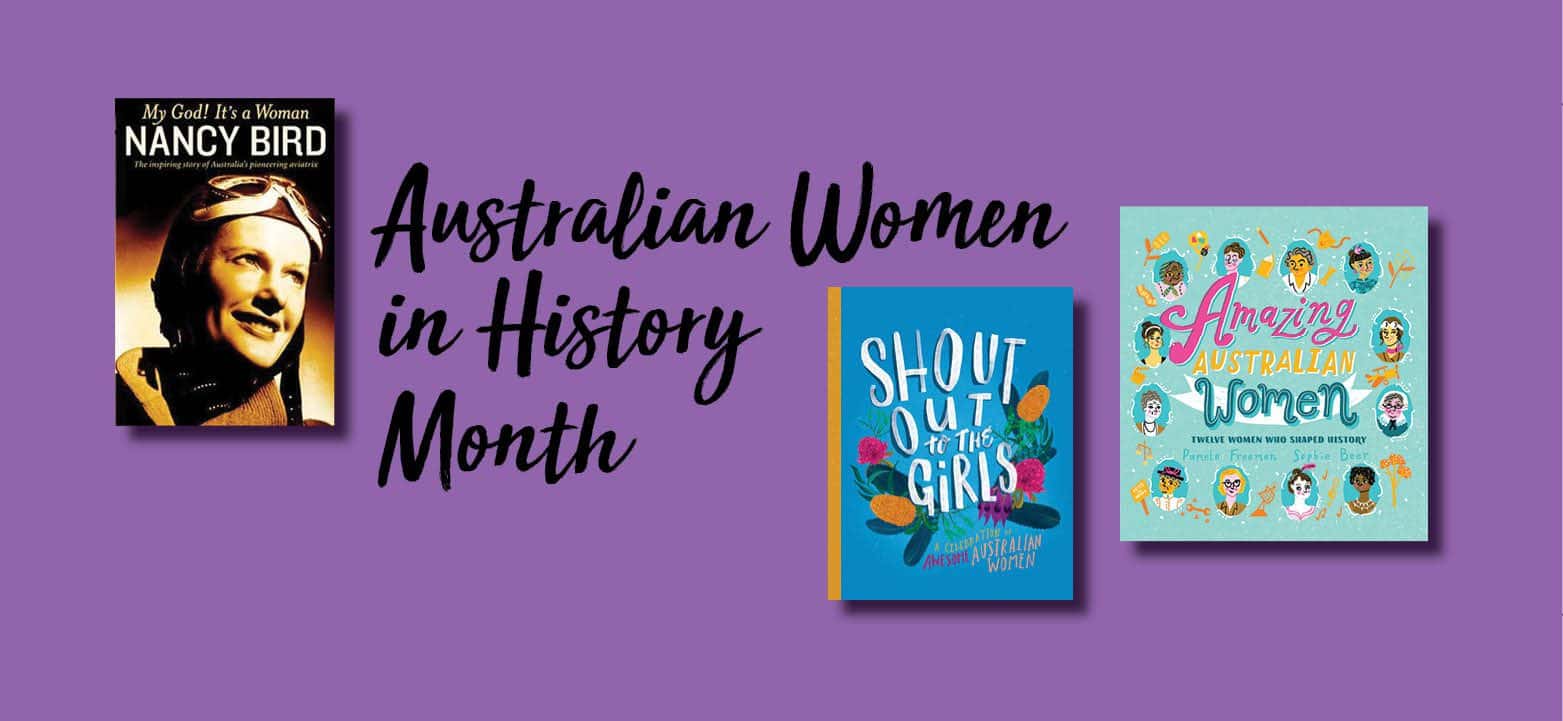
Australian Women in History Month
March is Women’s History Month, when we recognise and celebrate Australian Women who have contributed to our history in various and meaningful ways. The Royal Australian Historical Society have a fantastic website featuring a variety of women who have made significant contributions to our history.
We’ve featured some of these women’s stories below:
Oodgeroo Noonuccal
Activist, educator, environmentalist, and the first Aboriginal Australian to publish a work of poetry. Oodgeroo was one of at least nine Aboriginal and Torres Strait Islander women to join the Australian Women’s Army Service, where she rose through the ranks to become a lance corporal. She was also heavily involved in politics and Aboriginal rights.*
Read more about Oodgeroo Noonuccal in Great Queensland Women by Heather Grant.
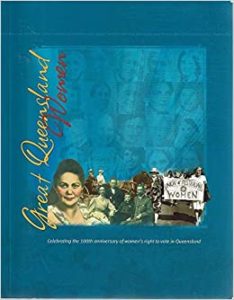
Rose Quong
Rose Quong was one of Australia’s first great actors. A Chinese-Australian living during the White Australia years, her career as an actress of both stage and screen is astounding. Rose travelled abroad to London on a scholarship and moved to America were she continued performing as well as embarking on a career as both a lecturer and writer, but always considered herself Australian.*
Read more about Rose Quong in Amazing Australian Women by Pamela Freeman.
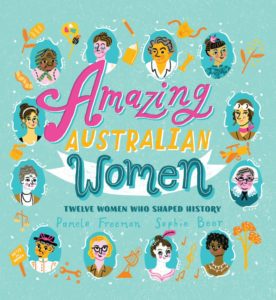
Edith Cowan
Most recognisable to Australians as one of the faces on our fifty-dollar note, Edith Cowen was the first Australian woman to serve as a member of parliament. Edith was dedicated to the protection of women’s dignity and family welfare. Her beliefs and policies helped pave the way for the 1984 Sex Discrimination Act which afforded people of all genders, sexual orientations, and relationship statuses the same legal rights and privileges in all areas of public life.*
Read more about Edith Cowan in Amazing Australian Women by Pamela Freeman, Shout Out to the Girls, and Trailblazers by Susanna de Vries.

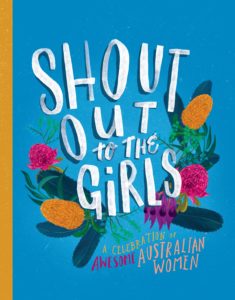
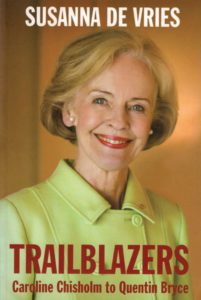
Daphne Mayo
Daphne Mayo is celebrated today as Queensland’s most significant female sculptor, and one of the country’s leading woman artists of the twentieth century. She is perhaps most famous for her carvings as the Brisbane City Hall tympanum.*
Read more about Daphne Mayo in Great Queensland Women by Heather Grant.

Dorothy Hill
Professor Hill had a long career in geology and palaeontology. She was the first female fellow of the Australian Academy of Science, it’s first female president, and the first Australian woman to be a fellow of the Royal Society in London. Dorothy was also the first female university professor in Australia, and the first woman appointed to President of the University of Queensland Professorial Board.*
Read more about Dorothy Hill in Great Queensland Women by Heather Grant.

Mary Ann Bugg
A proud Worimi woman, and one of the country’s first female bushrangers, Mary Ann Bugg plays a role in the Captain Thunderbolt legend. She survived in a time when society and the justice system were far from kind to Aboriginal Australians and bushrangers, let alone a woman who was both. Loyal to Thunderbolt and an ingenious bushranger in her own right, it is Mary Ann’s survival past her outlaw years that is the true testament of her courage as a partner, mother, and Aboriginal Australian woman making her own way in the world.*
Read more about Mary Ann Bugg in Mad Dogs and Thunderbolts by Ben Pobjie.
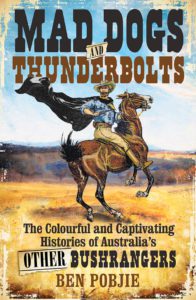
Louise Mack
Louise Mack was a writer, poet, and First World War correspondent. She was a regular contributor to the Bulletin before sailing alone to England to pursue fame and fortune. With the start of the War, and despite restrictions on war correspondents on the Western Front, Louise made her way into occupied Belgium, through German lines to Brussels, Louvain, and Antwerp – all the while reporting for both the Evening News and Daily Mail.*
Read more about Daphne Mayo in Trailblazers by Susanna de Vries.

Miles Franklin
Though she lived a life with as many rejections as successes, Stella Miles Franklin remains one of the country’s foremost fiction authors. Her most well-known manuscript My Brilliant Career was rejected numerous times until Miles approached poet Henry Lawson for aid, who sent it off to a publisher in London. She is also the namesake of Australia’s most prestigious literature prize – the Miles Franklin Literary Award.*
Read more about Miles Franklin in Miles Franklin by Jill Roe.
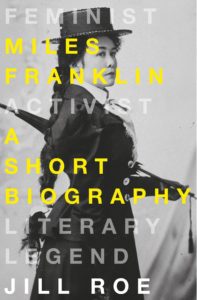
Nancy Bird
Nancy Bird was both the youngest Australian woman to gain a pilot’s license, and the first woman in the Commonwealth to obtain a license allowing her to carry passengers. She was known as the “Angel of the Outback” for her work as part of the Far West Children’s Health Scheme. Nancy also recruited and trained women for the Women’s Auxiliary Air Force during World War Two. Unlike many of her contemporaries (such as Amelia Earhart), Nancy was never involved in an accident, and lived to hand in her license at the astonishing age of 90.*
Read more about Nancy Bird in My God! It’s a Woman by Nancy Bird Walton.
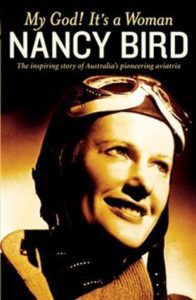
More women are featured on the Royal Australia History Society website, with content being added regularly. Check them out and be inspired!
*Source: Royal Australian Historical Society – Women’s History Month
